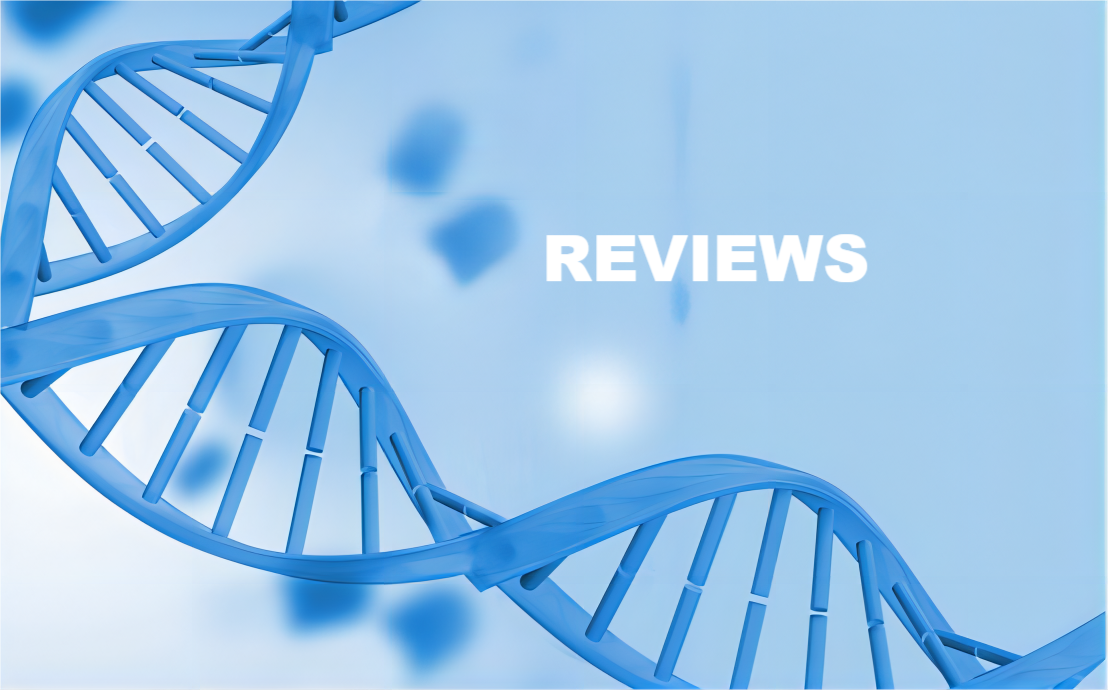Effect of astragaloside IV
1. Immunomodulatory effect: Astragaloside, mouse peritoneal macrophages and Mycobacterium tuberculosis were co-incubated to detect the phagocytosis of Mycobacterium tuberculosis by macrophages, and the contents of γ-interferon (IFN-γ) and interleukin-1β (IL-1β) in the culture fluid. The results showed that the copy numbers of Mycobacterium tuberculosis DNA (TB-DNA) phagocytosed by macrophages and the contents of IFN-γ and IL-1β in the supernatant were significantly higher than those of the control group when astragaloside was administered at 0.2, 0.6, 1.5 and 4.0 gL-1, respectively. Astragaloside has the effect of increasing the phagocytosis of Mycobacterium tuberculosis by macrophages. Astragaloside was able to promote the proliferation of T and B lymphocytes and antibody production in mice in vivo and in vitro, and promote the proliferation of B cells in non-thymus-dependent areas, the formation of plasma cells in large numbers and the promotion of antibody synthesis.
2. Organ protective effects: (1) Cerebral protective effect Astragaloside has protective effect on brain damage caused by instantaneous focal ischemia in mice, and its effect is related to the antioxidant effect and is expected to be a clinical drug for the treatment of stroke. Astragaloside has a protective effect on the blood-brain barrier in rats after cerebral ischemia-reperfusion. (2) Renal protective effect Astragaloside has a protective effect on renal injury caused by ischemia-reperfusion, which can effectively protect kidney and improve the success rate of transplantation during kidney transplantation. Moreover, astragaloside can down-regulate the protein content and mRNA overexpression of monocyte chemotactic protein-1 (MCP-1) in kidney tissues. (3) Pulmonary protective effect Astragaloside has a protective effect on pulmonary ischemia-reperfusion injury in experimental rats, and can reduce pulmonary stasis and focal pulmonary hemorrhage in rats. Astragaloside can effectively inhibit ovalbumin-induced chronic asthma. (4) Myocardial protective effect Astragaloside can significantly improve cardiac function in rats with myocardial ischemia and myocardial infarction, and this effect is positively correlated with dose and time. After giving Balb/C mice intraperitoneal aseptic injection of coxsackievirus (CVB3) causing viral myocarditis model, gavage with 9% astragaloside for 7 days can improve the survival rate of myocarditis mice and reduce collagen synthesis and myocardial cell apoptosis. (5) Hepatoprotective effect Astragaloside can inhibit collagen synthesis and hepatic astrocyte proliferation, and has a significant inhibitory effect on hepatocyte fibrosis.
3. Hypoglycemic effect: Taking type 2 diabetic rats as the research object, we studied the regulatory effect of astragaloside on hepatic glucokinase in streptozotocin and high-fat diet-induced diabetic rats. The results showed that astragaloside administered at 25 and 50 mg/kg significantly reduced blood glucose, triglyceride (TG) and insulin levels in rats, and inhibited related mRNA and protein expression. In addition, astragaloside can inhibit TNF-α-induced lipolysis of 3T3-L1 lipocytes, thus reducing free fatty acid (FFA) levels and increasing insulin sensitivity, which has a hypoglycemic and hypolipidemic effect. Translated with www.DeepL.com/Translator
4. Anti-apoptotic effect: Astragaloside can significantly reduce the apoptotic index of cardiomyocytes in CVB3 viral myocarditis. Astragaloside has a certain inhibitory effect on the apoptosis of bone marrow mesenchymal stem cells (BMSCs) induced by adriamycin in mice, but there is no obvious dose-dependence.
5. Anti-inflammatory and anti-viral effects: Astragaloside has a significant inhibitory effect on xylene-induced ear swelling in mice, showing a strong anti-inflammatory effect. Astragaloside has anti-hepatitis B virus effect. After 10 d of administration, its HBV inhibition rate was 64.0%, 49.6% and 41.7% at doses of 120, 40 and 10 mg/kg, respectively. A decrease in serum hepatitis B virus (DHBV) DNA levels was also observed.
6. Anti-aging effect: The anti-aging effect of astragaloside is related to its ability to scavenge free radicals and anti-lipid peroxidation, promote protein renewal, eliminate nucleic acid metabolism disorders and promote the proliferation and apoptosis of human skin fibroblasts. Astragaloside at lower concentration (5-20mg/L) can promote proliferation of wrinkled and wrinkle-free skin fibroblasts, promote type I collagen synthesis in wrinkled, wrinkle-free and aged skin fibroblasts, and reduce the apoptosis rate of wrinkled and wrinkle-free skin fibroblasts.
7. Promote cell proliferation Astragaloside at appropriate concentration can promote rapid proliferation of chondrocytes and maintain chondrocyte activity, providing a new way for cartilage tissue engineering to obtain a large number of seed cells in a short period of time and maintain chondrocyte activity.
8. Other effects Astragaloside plays a certain anti-cancer activity by inhibiting the expression of Vav3.1 gene. It inhibits the intracellular flow of calcium ions through NO-cGMP pathway, inhibits intracellular calcium ion release, inhibits the activity of phenylephrine and angiotensin II, and has some diastolic effects on rat aortic circumflex vessels and isolated mesenteric arteries.
